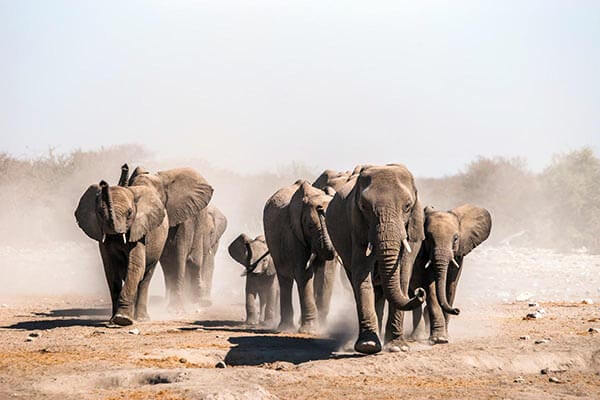
The problem with CITES, the convention to protect endangered wildlife
The international conservation agreement CITES is nearly half a century old, and its future and effectiveness are uncertain
The international conservation agreement CITES is nearly half a century old. Now, with some parties pushing back against its decisions and other critics point to its unwieldy volume of paperwork, its future and effectiveness are uncertain.
They appear like a green mirage in the middle of the dusty brown landscape of the Kalahari Desert in eastern Namibia – typical trophy-hunting camps, very common for this part of the southwest African state. The sizable plot of Gohunting Namibia, not far from the small town of Gobabis, looks like you would expect: an immaculate, generously watered lawn lined with camel thorn trees leads to guest rooms for the international hunting clientele. This is where the trail ended on a hot summer day in February for investigative journalist John Grobler as he followed a lead he had picked up on some months ago. The story concerned 170 wild African elephants, an attempt to sell them, and the role of the international conservation agreement CITES.